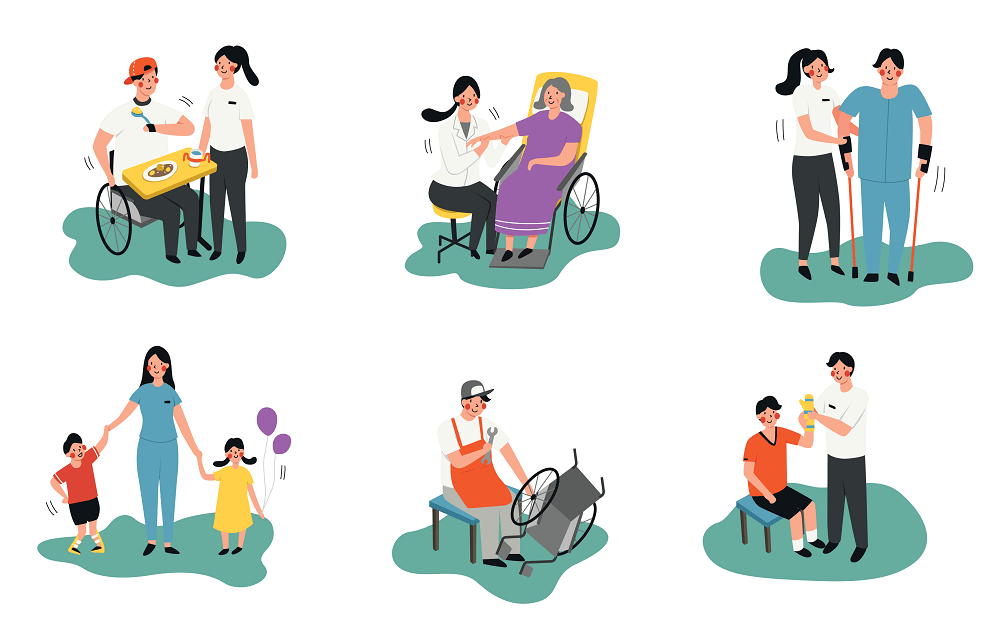Different parts of the brain serve different functions, so depending on the area that is affected, stroke patients can experience a range of symptoms. These can include impaired cognitive function, change in behaviour, reduced ability to communicate, reduced ability to swallow, vision impairment, sensory impairment, and reduced motor function.
Essentially what this means is stroke survivors often experience severe and long-term effects, and therefore require significant assistance in their daily living.
Up until relatively recently, this meant stroke patients would require extensive human-based care and assistance, usually from family members. But, innovation has led to the development of assistive technologies that are significantly improving the quality of life for stroke patients, and relieving the burden on those who are needed to care for them.

